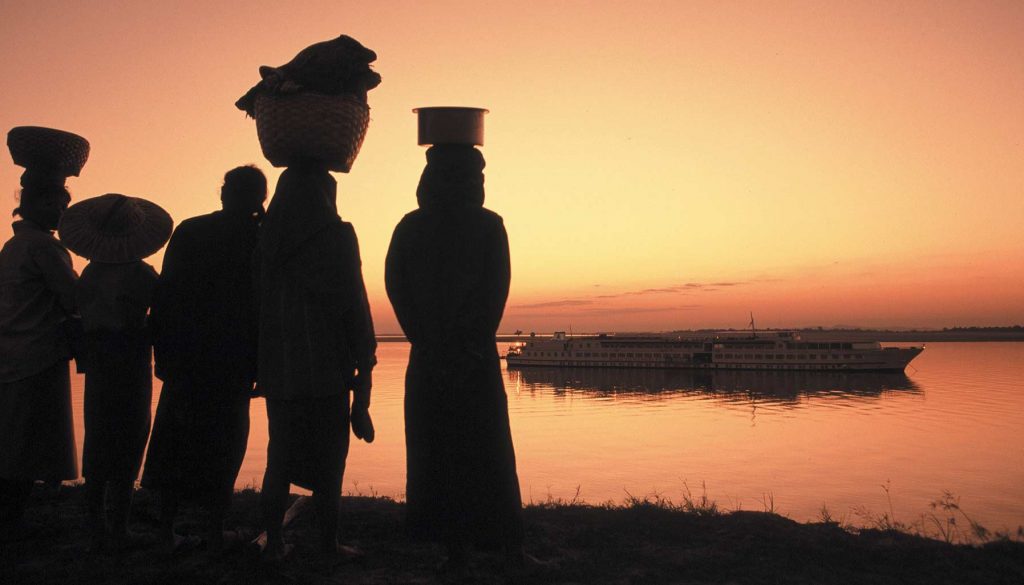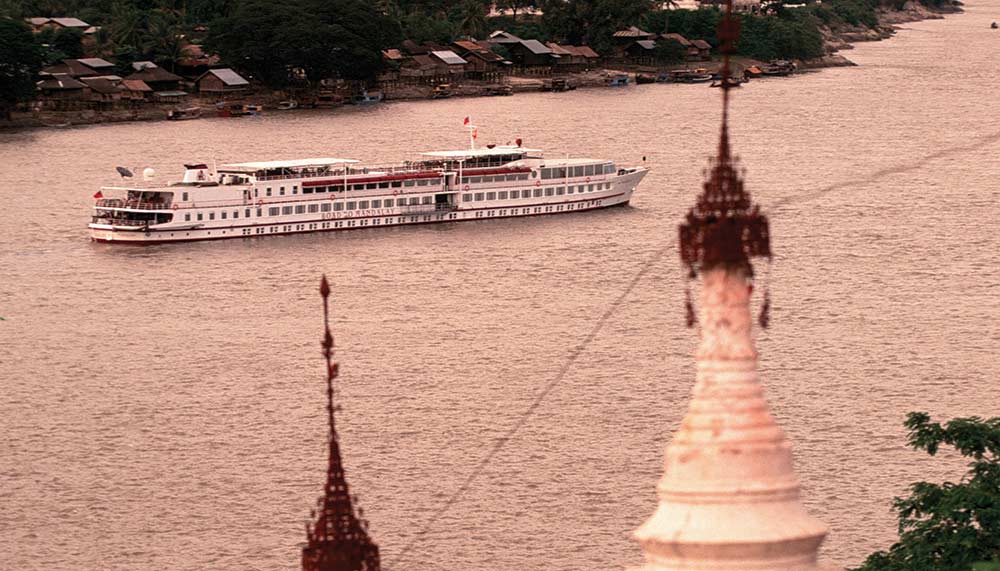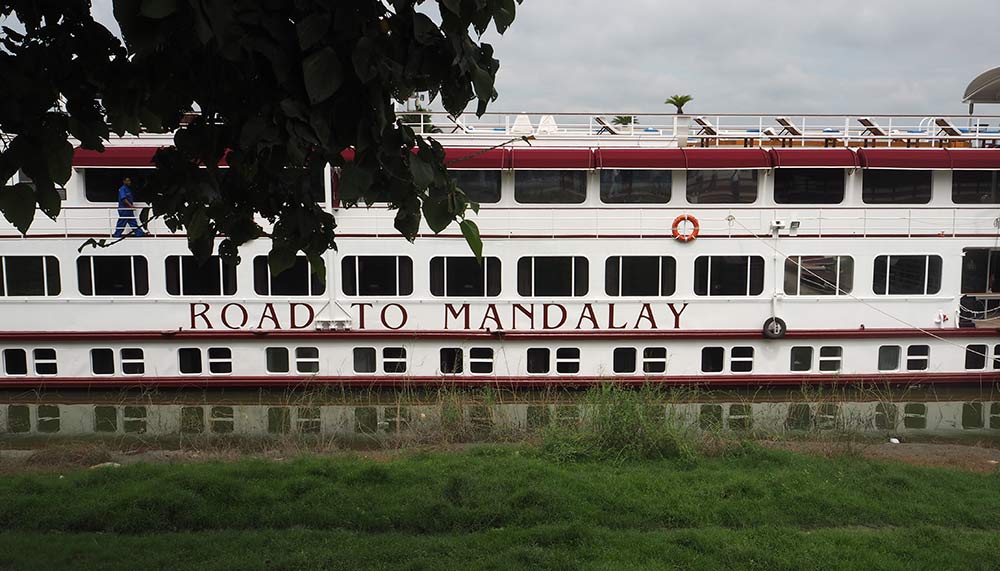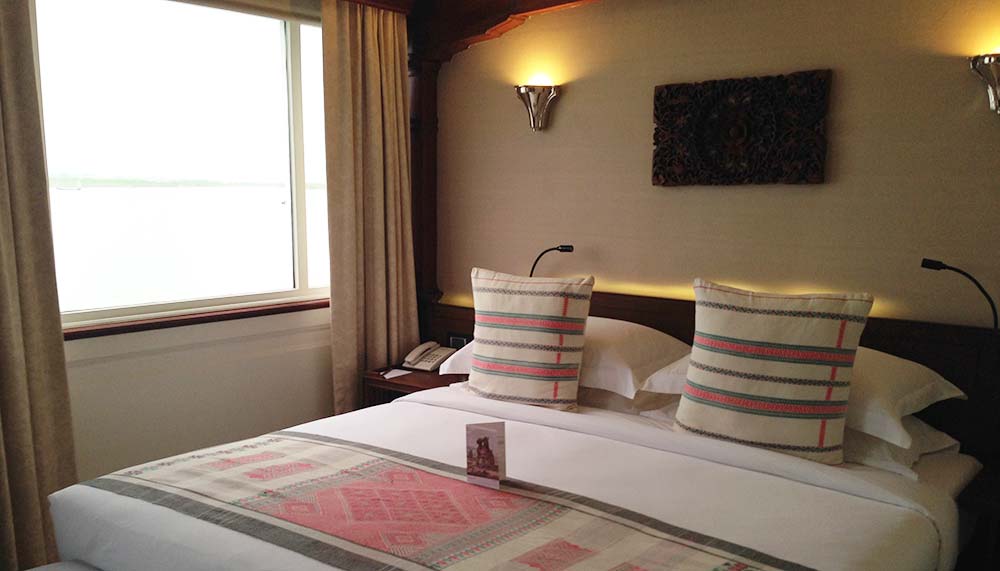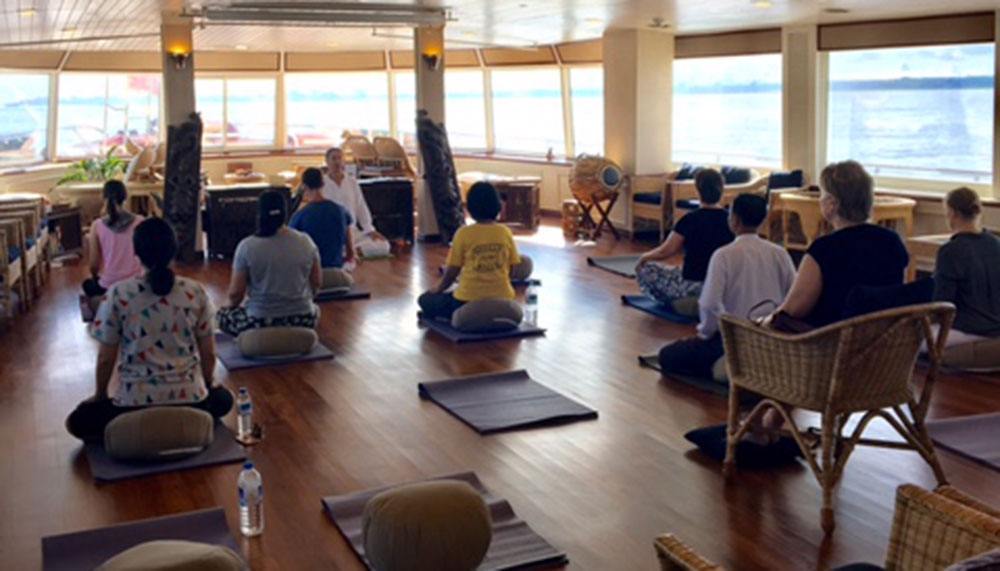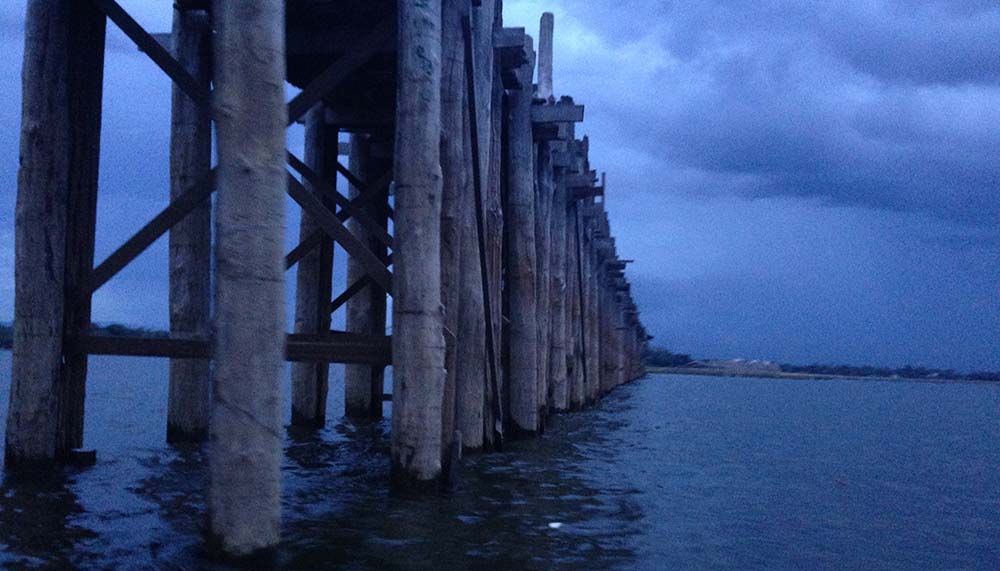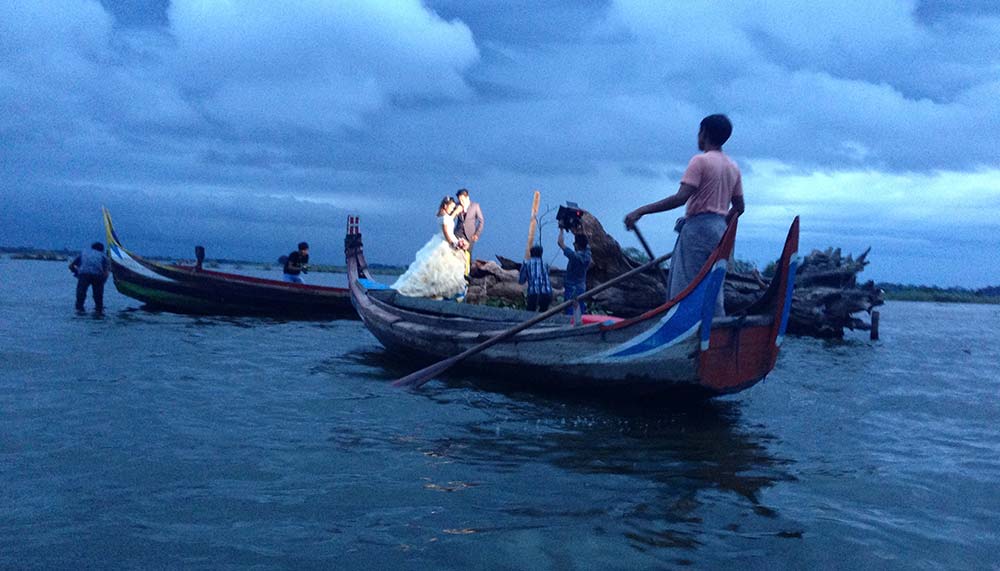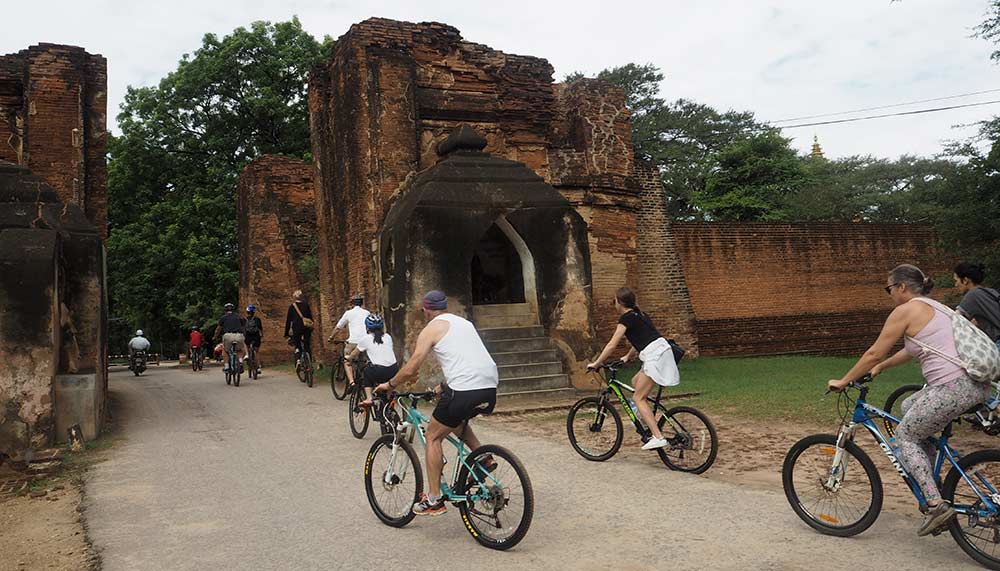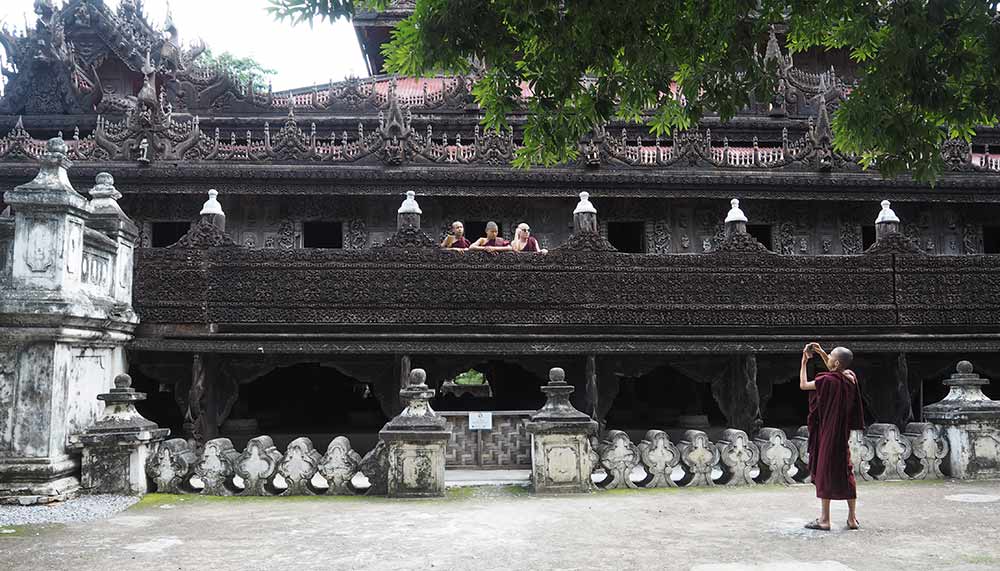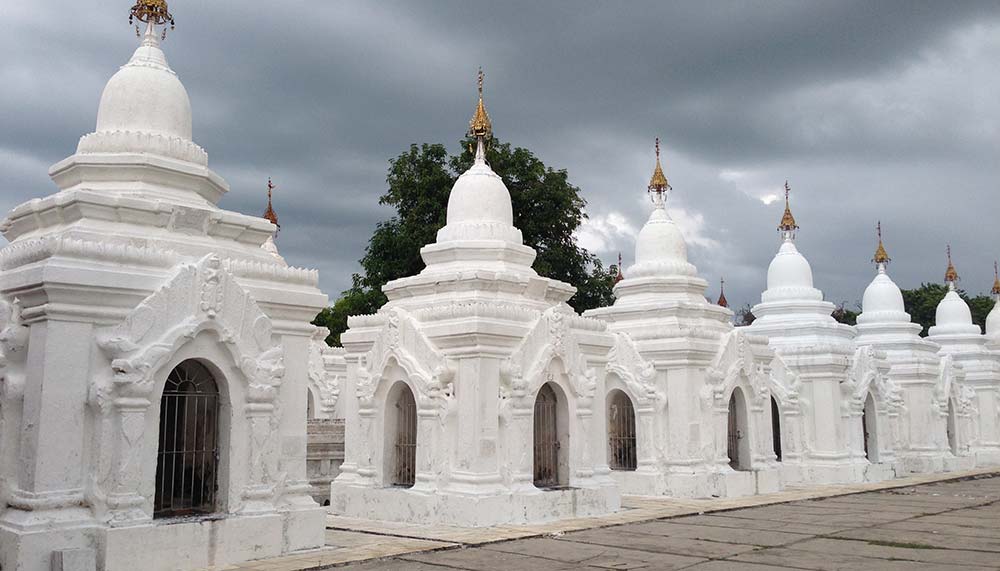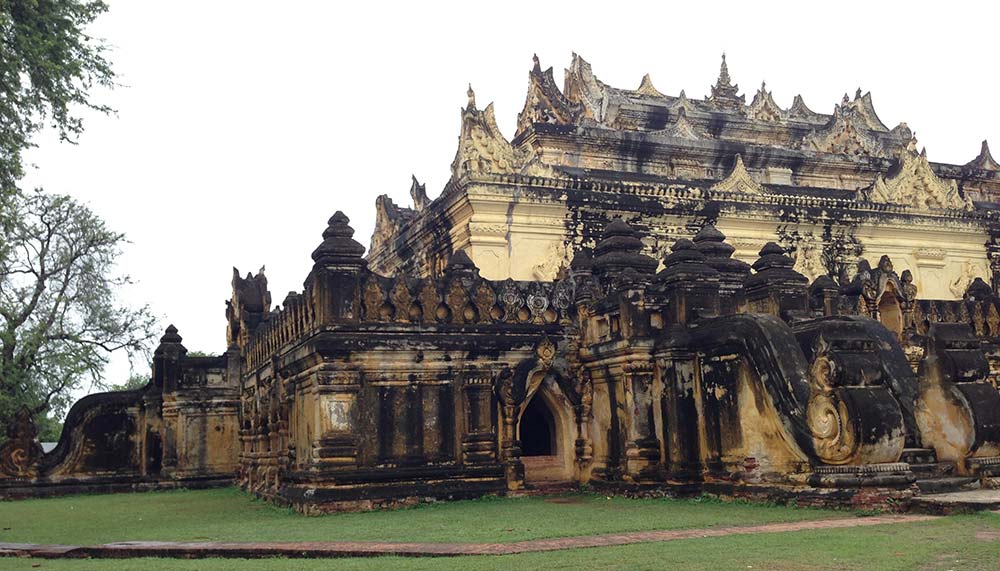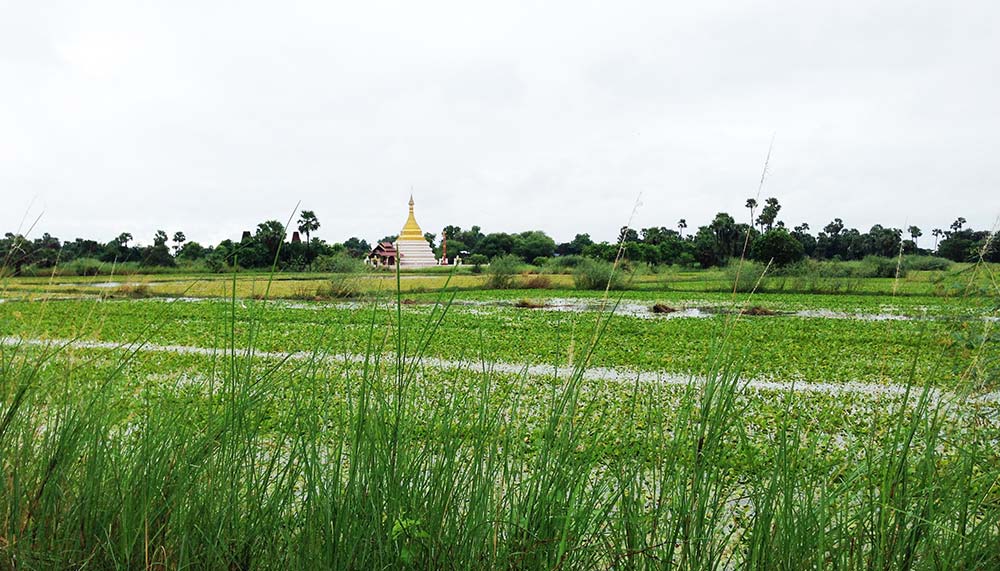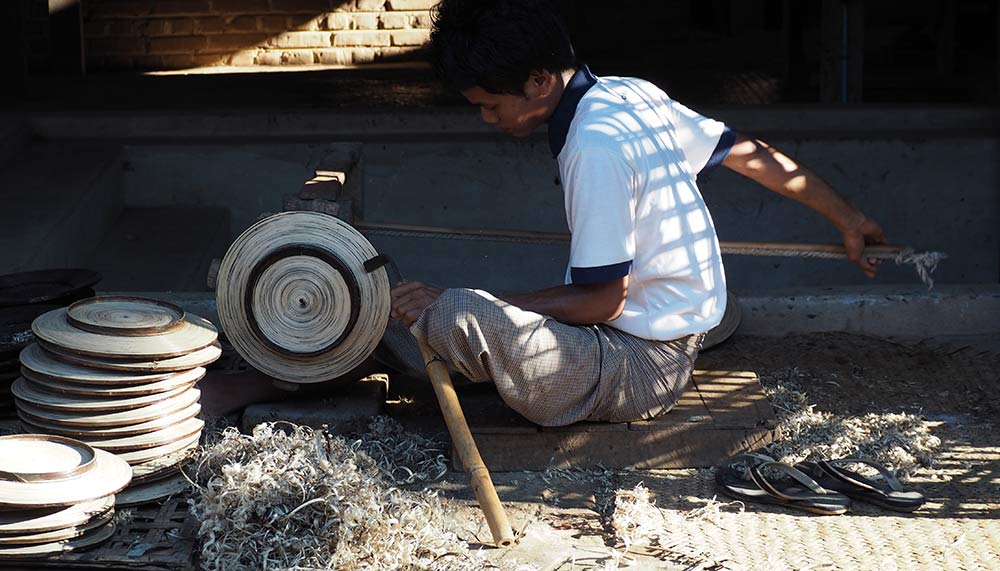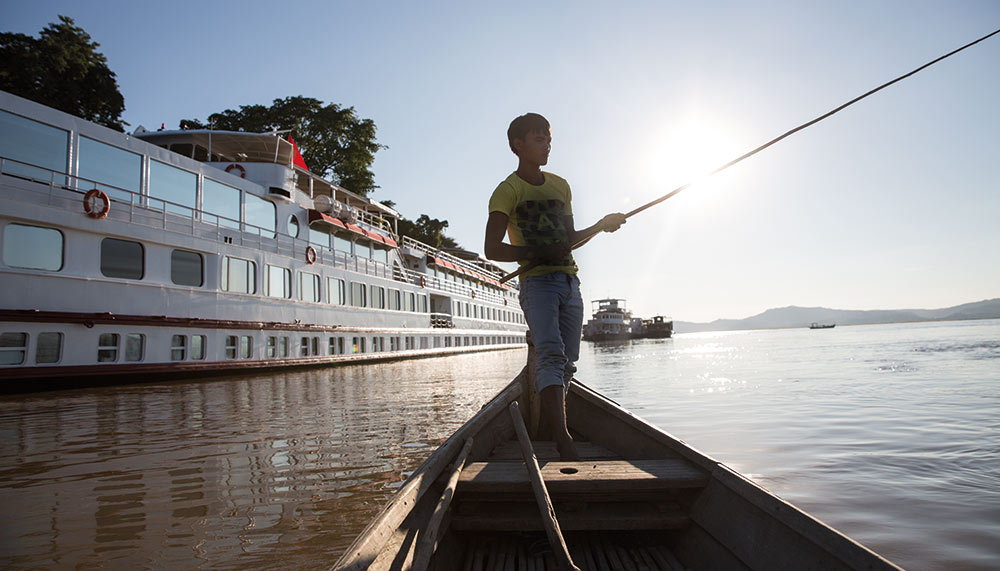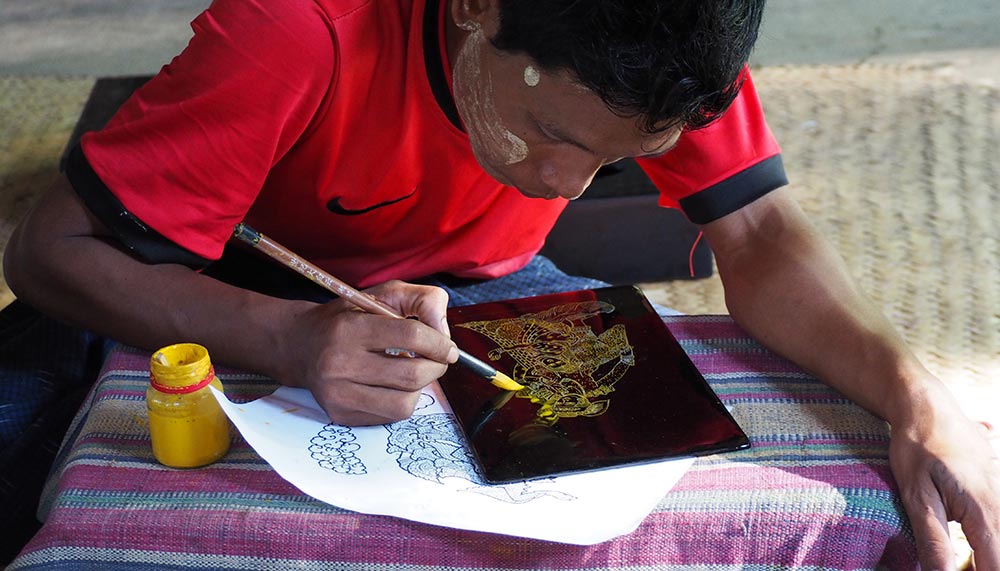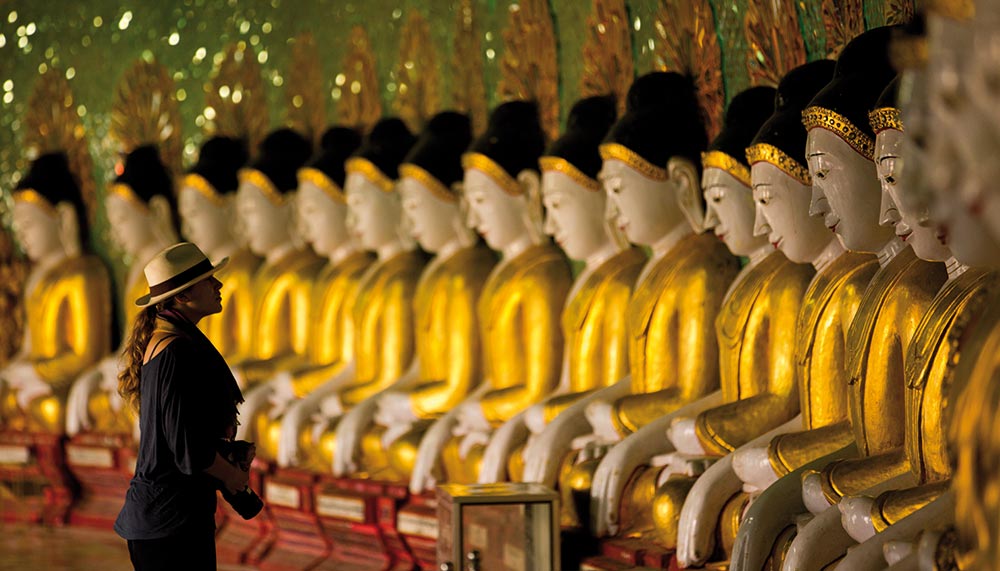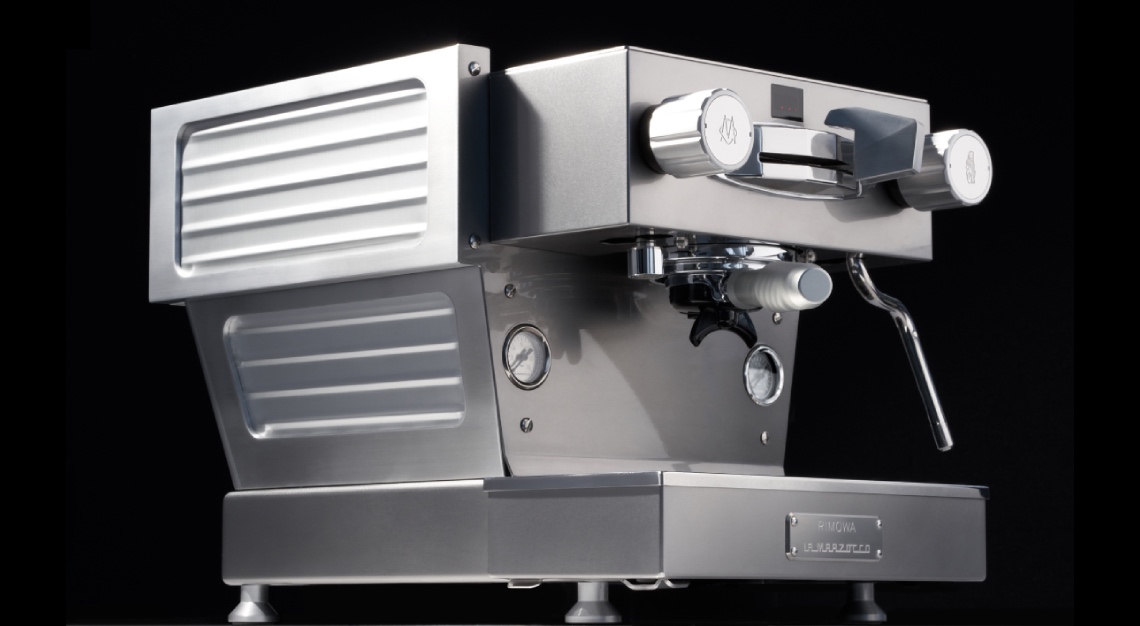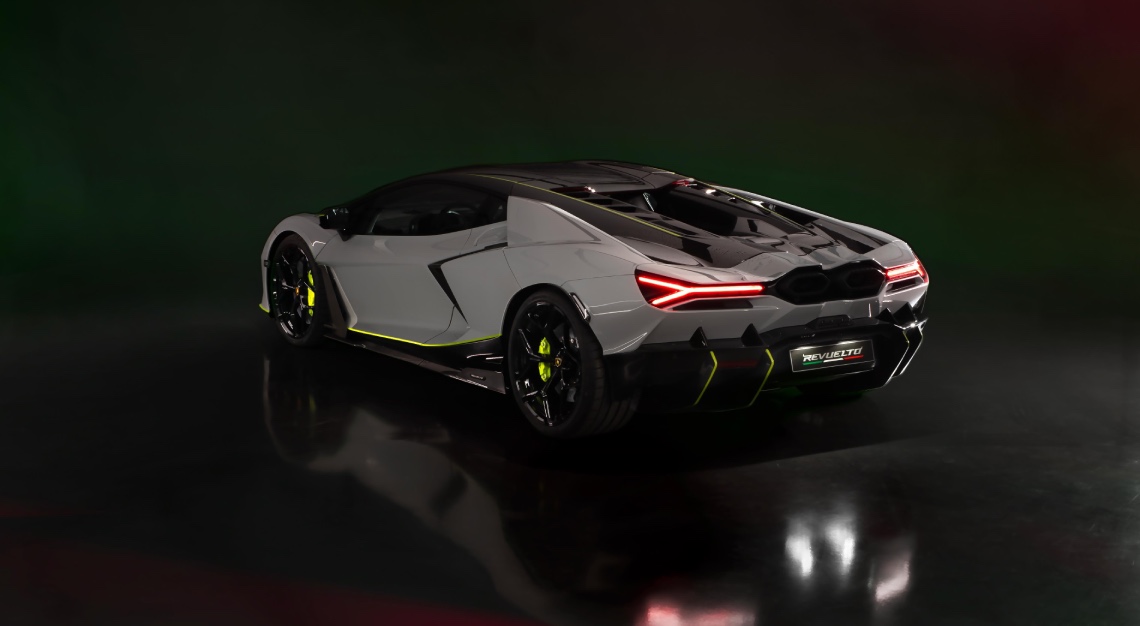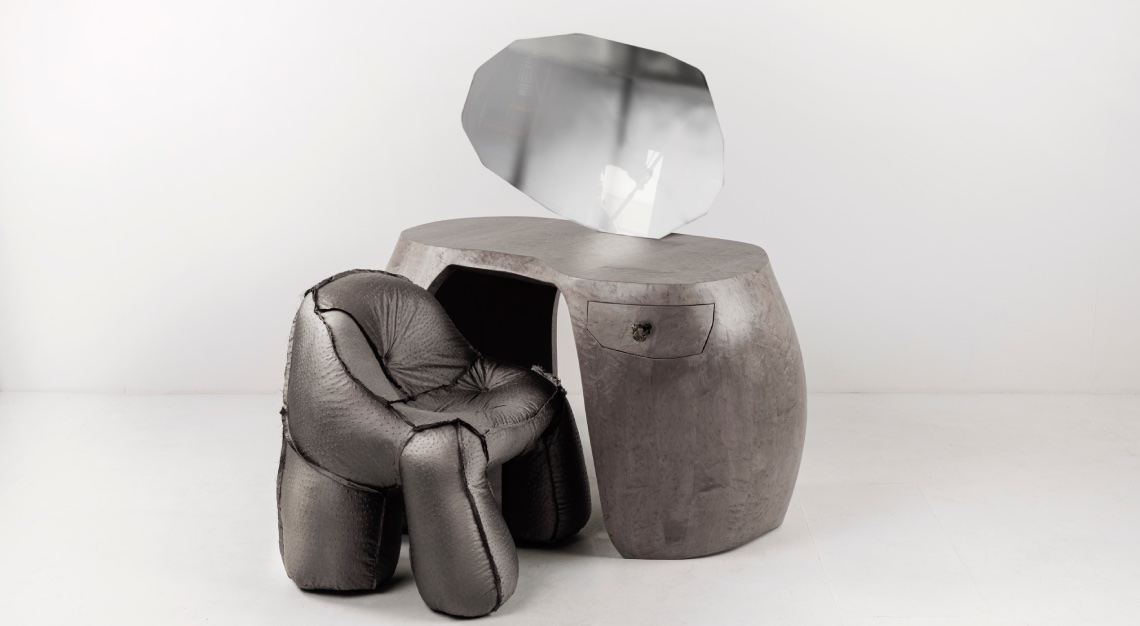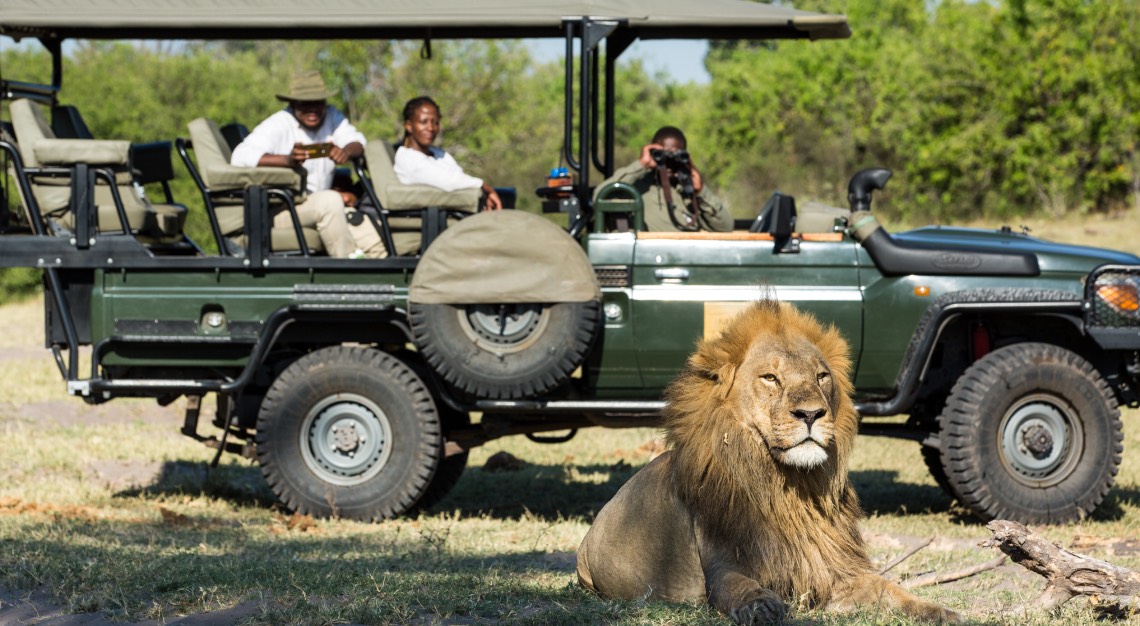A Different Light
Despite its technological advancement, Myanmar’s infrastructure has remained, at best, rocky. Apart from constant political instability, its size (it’s 940 times larger than Singapore) also poses constraints. Self-drives are an option, but decent luxurious hotels are hard to come by, even in more touristy towns such as Mandalay and Bagan. International convenience stores are also notable absentees. Put these together and you’ll find that the best way to visit Myanmar would be in fact, by cruise. Apart from solving your transportation woes, all meals and activities will also be taken care of.
Of the luxury cruises available in Myanmar, Belmond Road To Mandalay’s claim to fame is its expertise. After all, it’s the oldest cruise in Myanmar, in operation since 1996. The cruise offers four journeys that sail through Ayeyarwady, the country’s longest river, each bringing the best of what Mandalay and Bagan has to offer.
Workshops on the cruise are fairly average. You can participate in a 101 class on how to wear a longyi (traditional wrap-around skirts for men and women) and have your palms read. Then, there are two single spa suites, a plunge pool on the observation deck and a small gym (with a broken treadmill). Nothing out of the ordinary, but at least they’ve got the basics covered.
Land activities don’t stray too far from the usual types offered too. There’s alms giving, a horse-cart tour and cycling to temples, and trips to the market. To shake it up every now and then, Belmond invites experts in a particular field to conduct lessons on board, and on land. In my case, we had yoga and meditation instructors with us.
Mandalay is the second largest city in Myanmar after Yangon, and means ‘centre of the universe’. Disembarking in Mandalay (at a different jetty) for the first time, the place certainly looks like it. Past and present, along with poverty and luxury meet face to face. I see a modern water amusement park, and just a few metres down, a makeshift wholesale market with pigs and chickens roaming around. Nearby, the river is filled with garbage.
As we’ll be making more than six temple and stupa stops during my trip, Soe jokes that we may be “temple-fied and stupi-fied” by the end of it. Temple fatigue, however, is a thing for me. To curb it, I make the effort to disconnect from my surroundings and observe how the locals interact with each other.
My interests however, are piqued when I pass a marble carving village. All, if not most shops carve Buddha statues. Some statues have their hands and heads as blocks. I’m told that they’ll remain as such, until customers give instructions on their preferred Buddha features.

The bronze-casting workshop too, gets my attention. The mould is made using a mixture of clay and rice husk in attempt to reduce wastage. I get to view first hand, the flames engulfing the model in a modular kiln that gets rebuilt to suit the height and size of each statue. The final product is also polished meticulously by hand, a process that’s nearly lost in the age of automation.
I enjoy the rest periods back on the cruise, despite the lack of fast and reliable WiFi on board. One afternoon before lunch, I attend a talk by Dr Hla Tun. Having joined Belmond in 2004 as an in-house doctor, he shares his efforts to improve the medical situation in Myanmar due to civil unrest. In Bagan, Belmond has set up a free mobile clinic, allowing Dr Tun and other doctors from neighbouring villages to treat patients. On any given weekend, they see over a hundred patients a day. And despite snaking queues, locals wait patiently for their turn without a complaint or frown.
At Bagan, my Day In The Life Of… tour takes me to Nyaung Oo town’s vegetable market. Bagan is Soe’s hometown, and he explains that despite having access to refrigerators, locals, including his mum, choose to head to this market every day. Purchasing fresh produce is one thing, more importantly, the market serves as a meeting point for locals go gather and update each other on the latest happenings. Very much like Gossip Girls, Bagan style.

We head to a workshop that crafts bamboo fans, a must-have at every wedding. The five families living in the compound run the business. One slices the bamboo, another weaves them together, a third sticks a circle of paper on each side, while the last trims the fans. The first floor acts as the workshop and communal areas for dining, while the second floor is reserved for sleeping quarters.
“Why are locals so welcoming of strangers into their homes? Their gates are open, and tourists such as myself seem to intruding as they go about their lives,” I ask.
Soe explains, “The locals here welcome visitors, because it allows others to know more about how we lead our lives.”
It is a stark contrast to what I’ve grown up with. In any other (first) world, locals will view unannounced visitors as a nuisance. Over here, they welcome us with open arms and even encourage us to take a look around.
I disembark the cruise one last time on a Saturday morning. It’s far too early to be awake, but more importantly, it’s far too soon to leave a culturally rich place that clings on deeply to its roots and believes in the art of hand crafted work. My only regret is that I’ve not had a fully local meal on board, apart from a few Myanmese salads. Perhaps this caters to the Western guests, but I would have very much preferred a night where we learn about the country through its food.


